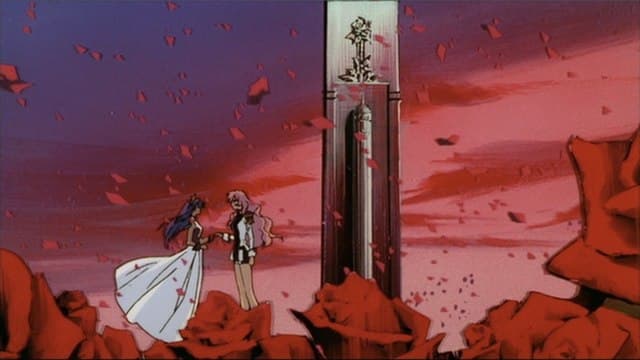1Comments
PUBLISHED
UPDATED
Why Were Anime Dub Openings So Weird?
YO HO HO HE TOOK A BITE OF GUM GUM
About the Author
Sean Aitchison
Sean is a big dumb weeb with ADHD and also a freelance writer and researcher. You can follow him on twitter (@Sean8UrSon) or catch him streaming on Twitch (Twitch.TV/Sean8Urson). You can also check out his Sonic the Hedgehog podcast, Sonic Podcast Adventure (@SonicPod).
Newest


